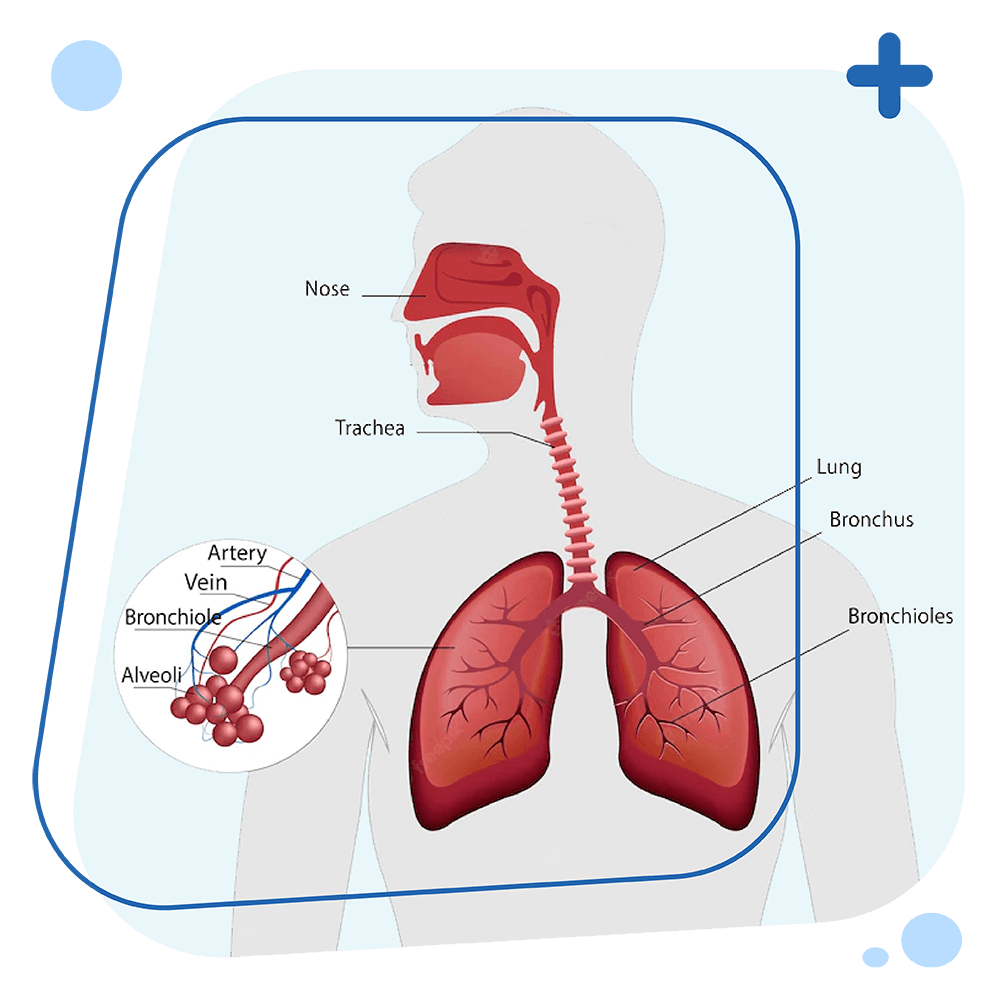
About Asthma

What is Asthma?
Asthma is a chronic (long-term) disease of our airways which are the part of our respiratory (breathing system).
The air which we breathe in through our nose enters into our lungs through the wind-pipe called trachea. This divides into two main tubes –the airways called bronchial tubes.
Each bronchial tube on entering the lungs further divides into smaller tubes or branches called the bronchioles. At the end of each bronchiole are sacs like structures called the air sacs or the alveoli. The exchange of oxygen into and carbon dioxide out of our lungs takes place at the alveoli (air sacs).
What happens in Asthma?
In Asthma, the airways (bronchioles) get swollen and become extremely sensitive or over reactive. As a result, the muscles surrounding the airways tighten, narrowing the airways and reducing the amount of air that flows into the lungs.
There is also a build-up of phlegm (pronounced as flem) (slippery secretion called mucus of the respiratory tract). This accumulation of the phlegm further narrows the airways making it difficult for the air to flow freely from and into the lungs.

What are the warning signs of Asthma?

Difficulty in breathing

Tightness in the chest (feel like something is sitting on your chest)

Wheezing
(whistling sounds during breathing)

Coughing (is often worse at night or early in the morning, affecting sleep)
Reference Links
1.Asthma Key Facts. Retrieved 29 July 2021 https://www.who.int/news-room/fact-sheets/detail/asthma
2.Common Asthma Triggers. Retrieved 29 July 2021 http://cdc.gov
3.Global Initiative for Asthma. Global strategy for the diagnosis and prevention.Global Initiative for Asthma Retrieved 29 July 2021
https://ginasthma.org/wp-content/uploads/2021/05/GINA-Main-Report-2021-V2-WMS.pdf
© 2022 Asthma. All Rights Reserved Design & Developed By: Webapprise System